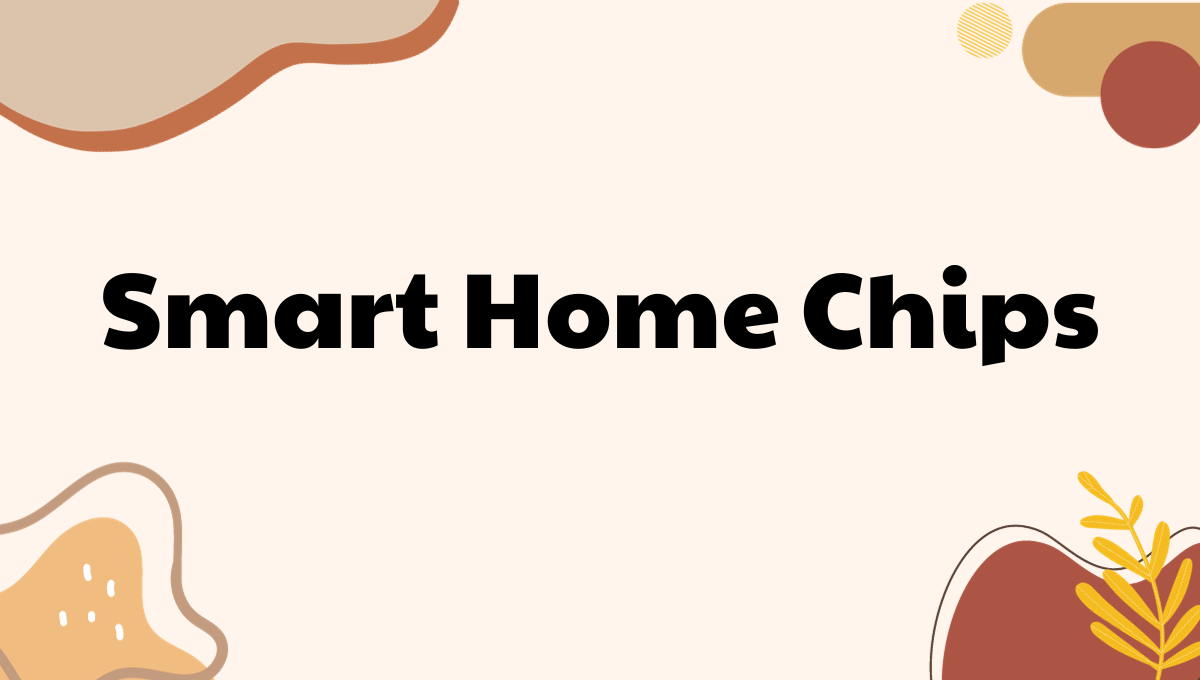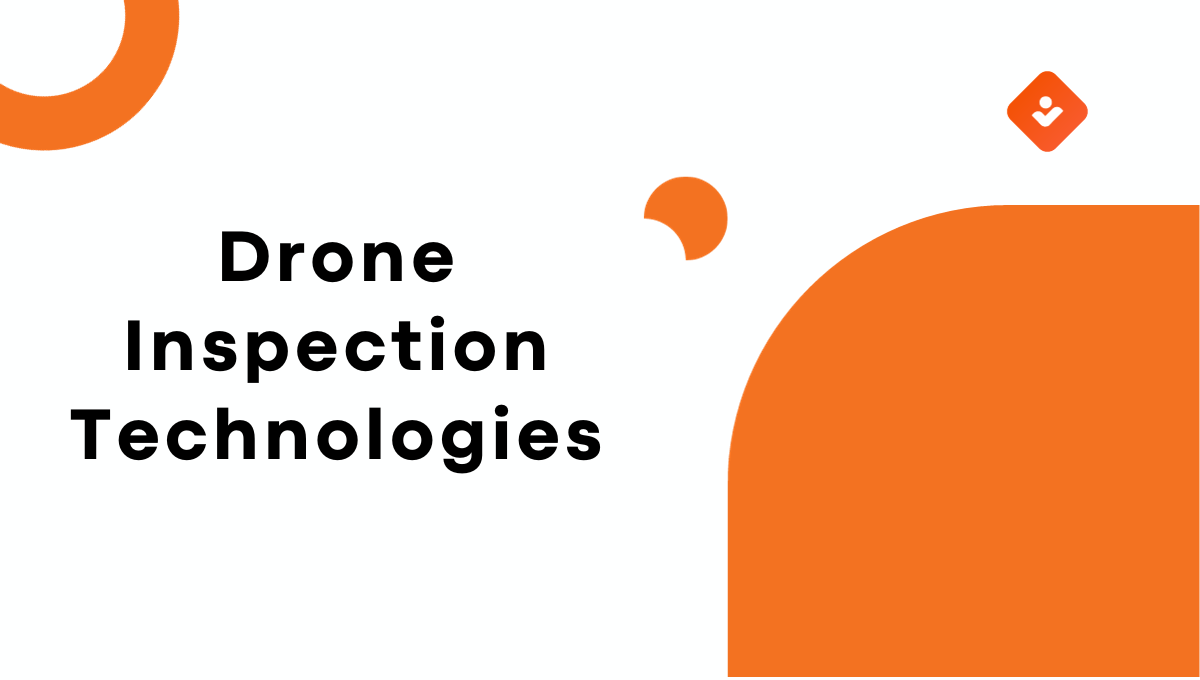Electronics
The Best Switching Power Supplies And Their Exclusive Features
Electronics
AI Modules and Smart Home Chips: Future of Home Automation
Welcome to a world where your home is not just smart, but intelligent. Imagine walking into a room that anticipates your needs before you even utter a word. Picture a house that adapts seamlessly to your lifestyle, making everyday tasks effortless and efficient. This is the future of home automation, powered by AI modules and smart home chips. In this blog post, we will dive deep into the realm of artificial intelligence (AI) and explore how these innovative technologies are reshaping the way we live in our homes. Get ready to embark on an extraordinary journey where science fiction becomes reality – welcome to the future of home automation!
Electronics
The Impact of Drone Inspection and Drone Payload Technologies
Are you ready to take your inspections to new heights? In today’s fast-paced world, innovative technologies are revolutionizing the way we work. And when it comes to inspections, drones have soared above the rest. From towering skyscrapers to expansive agricultural fields, these unmanned aerial vehicles have become an indispensable tool for capturing detailed images and data from places that were once out of reach. But what makes drone inspection truly transformative is not just their ability to fly; it’s the advanced payload technologies they carry that elevate their impact even further. Join us as we explore how drone inspection and cutting-edge payloads are reshaping industries and unlocking a world of possibilities like never before!
Electronics
A Guide to At-Home Radio Frequency Machines
-
Industrial Solutions2 years ago
The Connected Worker Platform And Industry 4.0 Safety
-

 Tech2 years ago
Tech2 years agoCreating a Hyper-Realistic Avatar With 3d Modeling
-
Press Release3 years ago
Perineal Massage Made Easy with new Perimom Device
-
Marketing & Analytics1 year ago
How SMS Services And Software For Bulk SMS Sending Can Help Your Business Grow
-
3D Technology10 months ago
3D Scanner Technology for Android Phones: Unleashing New Possibilities
-
Marketing & Analytics1 year ago
A Complete Guide To HubSpot’s New B2B Marketing, Sales Hub, and Prospecting Tool
-
Software2 years ago
A Beginner’s Guide to Casino Software
-
Mobile Solutions3 years ago
Business to Business (B2B) marketing; a major challenge for startups & SMEs













